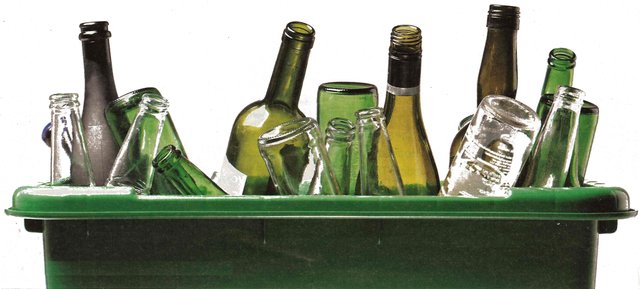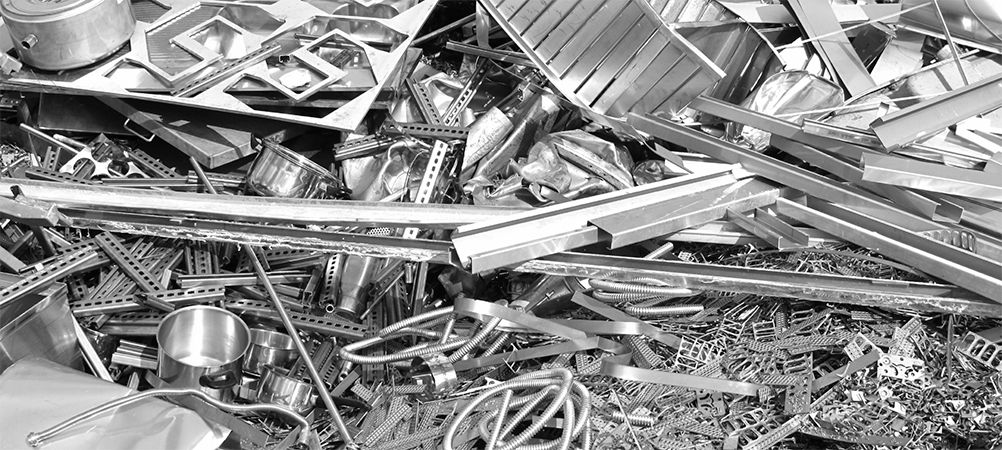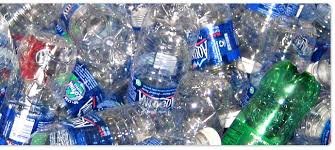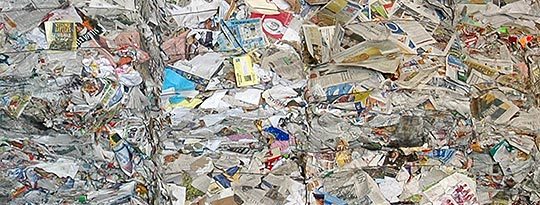Behind the Scenes of Recycling Plants
Since the 1940's and the time of World War II, recycling has been a mainstream part of the American culture. From the need to conserve during war time, the environmental movements of the 1970’s, up to today’s Eco-friendly push for going green, recycling has been a large part of everyday life. It gives consumers a way to help the environment, benefit the community, and earn a little extra by doing it.
However most consumers aren't aware of how recycling facilities or plants work. Since recycling facilities only collect (and recycling plants process) only certain materials, let's break this article down into 4 easy categories: Glass, metals, plastic, and paper.
Glass

The recycling of glass goes back thousands of years. Ancient civilizations, such as the Egyptians, would create glass from sand and craft trinkets, jewelry, tableware, and other useful items. After an item outlived its usefulness, it was processed back into a liquid and reused again. Today's process isn't much different.
Recycling centers will first sort all glass in to their primary color groups. From there, the glass is shipped off to a recycling plant where it goes through a rigorous cleaning process to remove all impurities (such as food) to be made ready for processing.
The glass is then crushed into tiny pieces (called a cullet) and mixed with additional sand, soda ash, and limestone. These 3 ingredients are the building blocks of glass. Once the mixture is perfect, all ingredients are transferred to a furnace and heated into a liquid. The final step is pouring the liquid in to specified molds which will shape the final product.
Metals

The most common metal recycling centers will accept is aluminum, but very few may also accept steel or copper. We will focus on aluminum however. From soup cans to reusable water bottles, house siding, and car rims, aluminum is everywhere. Aluminum is one of the most abundant and widely used metals, and nearly every recycling center accepts it.
The process for recycling aluminum is similar to glass, except a bit simpler. Once aluminum reaches the recycling center, it is cleaned and made ready for transport. The aluminum is then shipped to a recycling plant where it is shredded, mulched, and smelted down into liquid form. The liquid metal is then poured into a block-mold for cooling. Once the aluminum is cool, it is now called an ingot. From there, the ingots are cut down into various other sizes for use in new products.
Plastics

Plastics are everywhere. They are in our cars, our homes, and nearly every type of consumer good. The complex chemical composition of plastic makes it one of the worst for the environment (if not salvaged accordingly) and one of the most difficult to recycle.
Once the recycling center receives the plastic, it is typically inspected and sent to a recycling plant for further processing. It is then thoroughly cleansed and made ready for additional inspection. If the plastic passes the final inspection, it is chopped and separated into tiny pieces.
From there, the plastic is moved to a large flotation tank where the particles are dried and melted down into a liquid. The liquid is then filtered once more to remove additional impurities, grated, and turned into long strips. These strips are then cooled and further processed and chopped into smaller bits. These bits are then sold and shipped to other manufacturers who use them for final products.
Paper

Paper, the most delicate of the recyclables, typically goes through the recycling center in 3 varieties: Print, clean, and cardboard. Due to papers unique composition, it can only be recycled and processed so many times before it ultimately degrades.
Once the paper is received at the recycling facility, it is separated and processed before shipping out to a pulp refinery. The paper is first rinsed and soaked in large drums before being heated. The heat, combined with the water, turns the paper back into pulp. If the paper contains print, then special chemical compounds are added to the mixture to help separate the ink from the pulpy remains.
The pulp then goes through additional filtering to remove all remaining contaminants such as food, leftover ink, and any final remnants. The pulp is then dried and thickened before finally being processed and turned into sheets. The sheets are then rolled, dried once more, and made ready for shipment to become new paper.
Do Your Part
Recycling may not be the most glamorous activity, but it certainly can be rewarding. No recycling is too small, and every soup can, cardboard box, plastic bag, and soda bottle you recycle can help make this planet a better place. Visit your local recycling facility and see how you can help.
